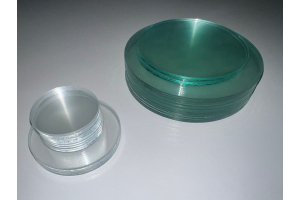

When it comes to safety, standards are of paramount importance.
Common conformance marks and what they mean for you:

UL stands for Underwriter Laboratories, a third-party certification company founded in Chicago in 1894. They set industry-wide safety standards and ensure products are manufactured correctly, wire sizes are correct, devices can handle the proper amount of current and more.
There is no such thing as "general" UL approval, but rather labeling is broken down into several tiers. The two most basic distinctions to understand are “UL Recognized” and “UL Listed.”

UL Recognized certifies that a component within a larger mechanism, such as driver or circuit board, meets UL Standards. It is less consumer-facing and does not equal that of a final UL Listed marked product ready for installation in the field.
While UL Recognized is for components, UL Listed is for stand-alone, consumer-ready products. This label means the product has been tested by UL to nationally recognized Safety Standards and has been found to be free from reasonably foreseeable risk of fire, electric shock and related hazards.
ETL is a division of Intertek Testing Laboratories. Like UL, Intertek ETL is a Nationally Recognized Testing Laboratory (NRTL) recognized by Occupational Safety and Health Administration (OSHA). ETL does not publish their own standards, but instead they test parts and components to the published standards of other NRTLs, including UL.

Aside from the body that issues the listing, there is no difference between UL and ETL listing. Intertek ETL products meet exactly the same criteria as those marked UL Listed or UL Recognized.
Zaniboni Lighting’s complete consumer-ready lighting products are ETL listed, while LED drivers and other individual components are UL Recognized.





